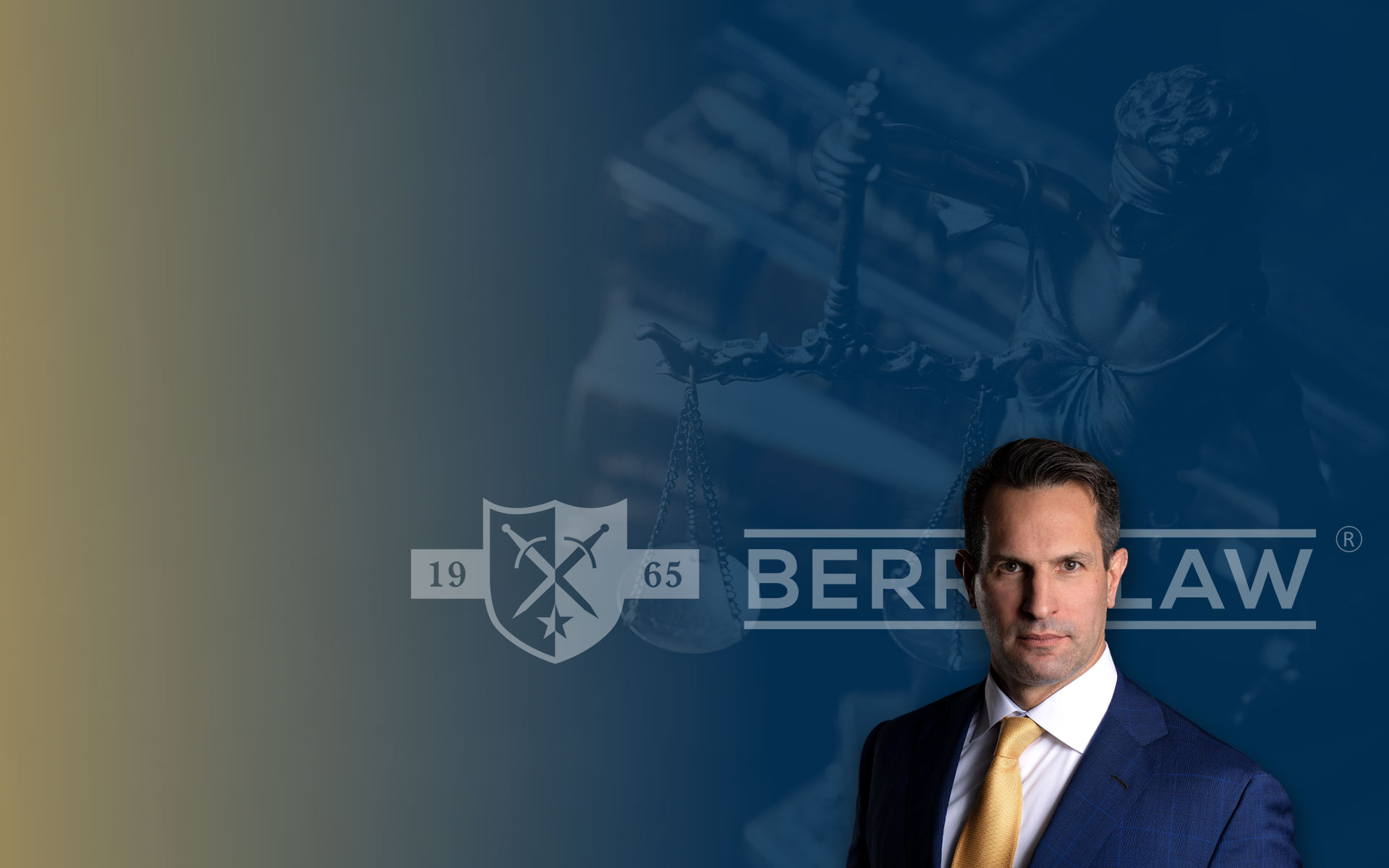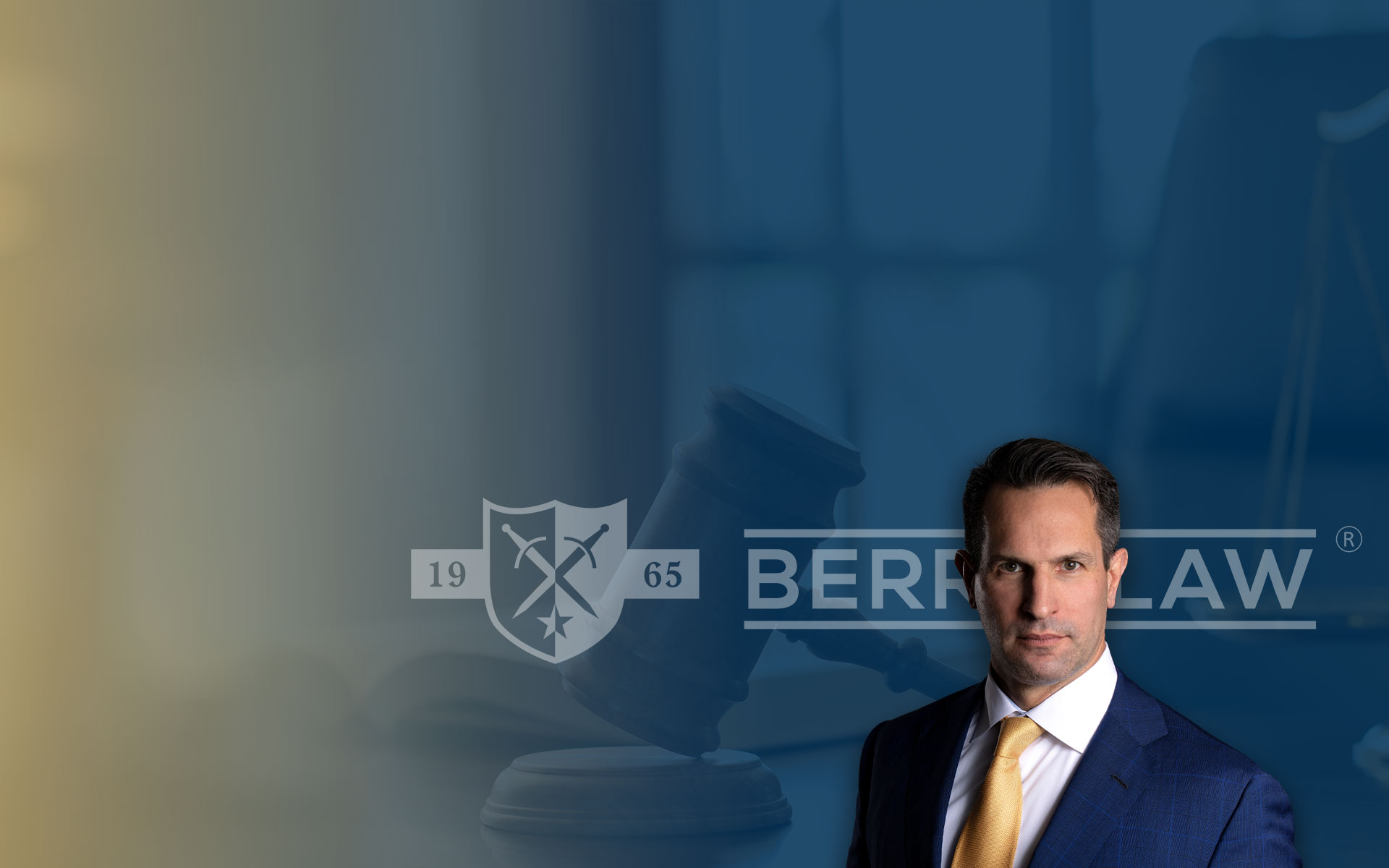When a child is charged with a crime, that charge can affect the child’s future. There are ways to make sure a juvenile record is sealed so that your future opportunities are not affected.
What does it mean to have a juvenile record sealed?
If your juvenile record is sealed, information about your record is not available to the general public. All information about your record must be kept private. Your record will still be accessible to law enforcement officers, prosecutors, and a sentencing judge in a separate case if you face criminal charges in the future.
Additionally your sealed records could be inspected in certain circumstances by the court or a person allowed by a court order to inspect the record for “good cause shown,” by request of a person involved in a civil law suit based on the circumstances contained in the sealed record, by persons engaged in bona fide research only if the research protects the confidentiality of the sealed record, by the Nebraska Probation System, and by the Nebraska Department of Health and Human Services. You will also be allowed to access your sealed record upon completion of appropriate application to the court.
How do you get your juvenile record sealed?
To get your juvenile record sealed, you must be under the age of 18 when the offense occurred. You must satisfactorily complete diversion, probation, or any other sentence ordered by the Juvenile or County Court.
You are eligible to have your record sealed if:
• No charges are filed against you
• Charges were filed but later dismissed
• Charges were filed against you in Juvenile Court for a misdemeanor, felony, traffic, or status offense, or you were charged with a misdemeanor or infraction in county court (excluding traffic offenses where you can waive your court appearance by paying a fine) AND you successfully completed diversion, mediation, restorative justice, probation, or any other sentence ordered by the court.
You are not eligible to have your juvenile record sealed if you are charged with a felony as an adult in District Court unless your case is later transferred to juvenile court.
Berry Law’s Team Provides You With Multiple Attorney Perspectives
How does my juvenile record get sealed?
Your case should be automatically sealed by the court upon dismissal of the charges or successful completion of any program or sentence imposed by the court. If you find out your charges were not sealed, contact the prosecutor who will then apply to have your record sealed.
If charges were filed against you and the court decided not to seal your record due to your failure to successfully complete the sentence, your record will remain open to the public. You may file a motion with the court to seal the record once you reach the age of 19 or 6 months after the case is closed (whichever happens first). If you find out your record has not been sealed and you are unsure of the reason why, you can file a motion with the court to request that your record be sealed.
If you file a motion to seal your juvenile record, the judge will consider the following factors:
• Your age at the time of the charge
• The nature of the charge and your role in the situation
• Your behavior after the charge and response to treatment or rehabilitation programs
• Your education and employment history, and
• Any other circumstances related to your rehabilitation after the charge.
The judge will order that your record will be sealed if the evidence shows you have been rehabilitated to a satisfactory degree. If the judge decides to not seal your record, you must wait at least one year after the judge’s decision before you can make another request to have your record sealed.
How should you answer questions about your sealed juvenile record?
If your juvenile record has been sealed, you are not obligated to disclose facts about the record or the existence of the record. Employers are not allowed to ask if you have had a juvenile record sealed. When you apply for jobs, scholarships, admission to schools, licensed, or anything else, you can respond to questions as if no record exists.




